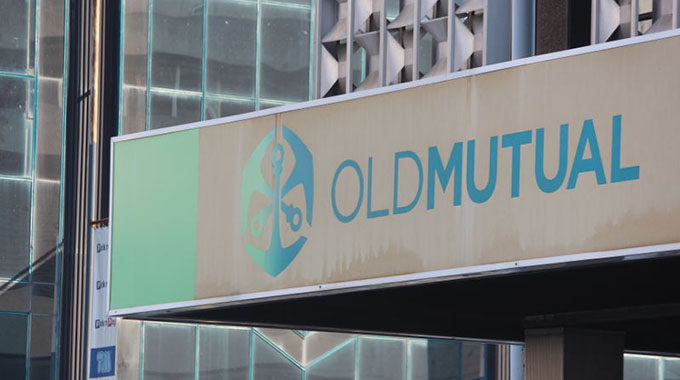
eBusiness Weekly

BH24 Reporter
HARARE – Old Mutual Zimbabwe Limited (OMZIL) has said its financial results for the half-year to June 30, 2019 have been prepared on a historical cost accounting basis in view of high inflation that has been prevailing in the country.
Historical cost is a measure of value used in accounting in which the value of an asset on the balance sheet is recorded at its original cost when acquired by the company.
“In an environment of very high inflation, financial statements prepared using historical cost accounting may not result in fair presentation of the financial position and performance of an entity, especially when compared to prior period financial information presented,” said OMZIL in a statement yesterday.
“In this regard and in line with Clause D1.19 of the Financial Securities Exchange (Pvt) Limited Issuer Admission Rules, the directors advise that the company’s profit after tax prepared on the historical cost basis for the half-year ended 30 June 2019 will be significantly higher than the profit after tax for the same period in 2018.”
In a related development last month, South African-based Old Mutual Group says it has “ring-fenced” its Zimbabwe operation (OMZIL) in view of inflationary pressures affecting the country.
The parent company says financial results from Old Mutual Zimbabwe has been moved from the group’s results from operations (RFO) and adjusted headline earnings (AHE).
Said the group at the time:
“During the first half of 2019, the Group concluded that Zimbabwe was a hyperinflationary economy and made a decision to account for it as such. This decision was supported by a rapid increase in the inflation rate, which at the end of June 2019 was far in excess of 100 percent at 176 percent, the significant
deterioration in the traded interbank RTGS dollar exchange rate over the period and the lack of access in Zimbabwe to foreign currency to pay foreign denominated liabilities.
“We have applied hyperinflation accounting from 1 October 2018 and used the Zimbabwe Consumer Price Index (CPI) to inflation adjust reported numbers. The results, net assets and cash flows are then translated into rand at the closing rate of 1 RTGS to 2.13 ZAR. The closing rate used to translate the December 2018 results was 1 RTGS to 4.35 ZAR.
“Until such time as we are able to access capital by way of dividends from our business in Zimbabwe, we will manage it on a ring fenced basis. Consequently, the results of this business have been removed from RFO and AHE.
“The ability to access capital is exacerbated by the volatility that hyperinflationary economy and the reporting thereof introduces. This adjustment has been applied from 1 January 2019 and we have restated comparatives to reflect this decision.”



